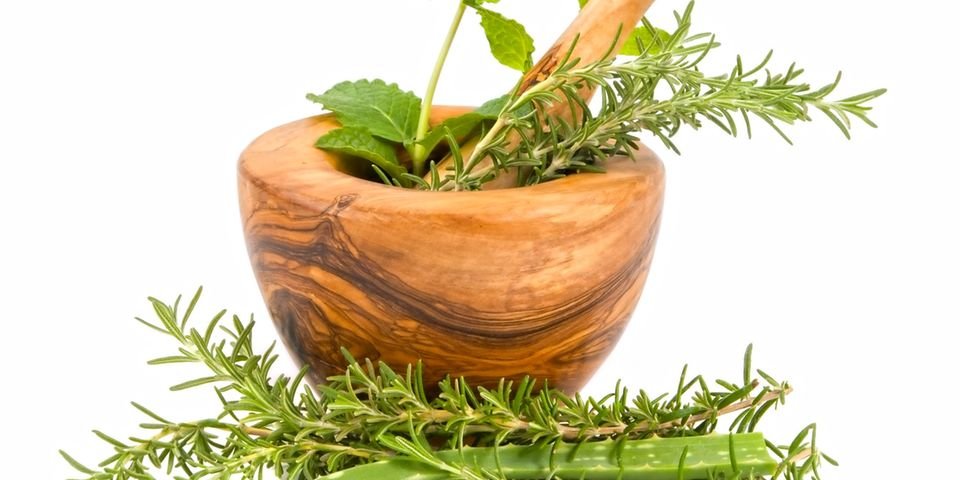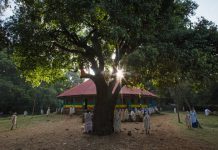Africa-Press Ethiopia
Ekebergia capensis, commonly known as the Cape ash, is widespread in sub-Saharan African countries including Kenya, Senegal, Ethiopia, Angola, Botswana, Mozambique and South Africa.
In Kenya, it is known as Ororuet (Dorobo), Mununga (Kikuyu), Olsubukiai (Maasai), Kerbut (Marakwet), Teldet (Nandi), Kipcherwere (Tugen), Temwa (Pokot), Bumet (Sebei), Omonyamari (Kisii) and Mukongu (Kamba).
It is this tree that gives Subukia in Nakuru its name because it was once dominant there.
It grows well in ecological zones whose altitude ranges from zero to 1,500m above sea level.
Ekebergia capensis has many uses that include medicinal, timber, fodder and honey production.
In herbal medicine, it is used to treat respiratory, skin and digestive disorders.
One study by Kigen G, Kipkore W, Wanjohi B, Haruki B, Kemboi J, titled “Medicinal plants used by traditional healers in Sangurur, Elgeyo Marakwet County, Kenya’’ was published in the Journal of Pharmacognosy Research in 2017.
Treatment of livestock
The researchers, from Moi University School of Medicine and the University of Eldoret, established that herbalists use the fruits, bark and leaves to treat skin conditions. These include rashes, allergy and pimples. They are applied topically but the bark is also chewed.
In South Africa’s Transkei region, the bark is used as a disinfectant and for heart ailments and infertility. Roots are used for headaches by the Sotho and for dysentery.
Leaves are used to treat chronic coughs and headaches by the Vhavenda, who also use the bark as an emetic that induces vomiting in patients who have swallowed harmful substances, according to the publication, Zulu Medicinal Plants: an inventory by Hutchings, A., Scott, A.H., Lewis, G., Cunnigham, A.B.
They are also used as a purgative to treat intestinal worms and other parasitic worms from the body.
The prepared powder of the stem bark and root is sniffed to relieve patients illnesses such as cold, sinusitis and other respiratory complications.
Ground bark is used in flour as an astringent to heal boils and pimples and other skin wounds.
Various parts of Ekebergia capensis are used traditionally in some communities as an anthelmintic for the treatment of livestock.
Planted directly
The fruits are enjoyed by birds, mammals and even humans although they taste like onions.
The leaves are also browsed by game, and on farms, in times of drought, domestic stock can safely graze on the leaves and fruits as fodder.
The light and soft wood of the Cape ash makes good furniture and is also used for light construction, poles and tool handles.
Ekebergia capensis is a good shade tree ideal for farms and game farms, and a ‘must-have’ for wildlife gardens.
In South Africa and many other countries in the world, it is planted in parks for its great beauty. Many South African cities also use it as street tree.
However, it should be planted at least four metres from buildings as its extensive roots can damage foundations and walls.
Propagation
The fastest method of propagating the tree is by taking a tip or hardwood cuttings, which can be rooted in trays filled with river sand. Larger cuttings can be planted directly into the ground.
It can also be grown from seed which has been soaked in water for 24 hours, and then scrubbed with a brush to remove the fleshy part. Sow in trays filled with river sand. Watered well, germination occurs within four to eight weeks.
Its seeds cost Sh3,000 a kilogramme at Kenya Forestry Research Institute centres. But they are among those that are only supplied on demand as they do not store well.






